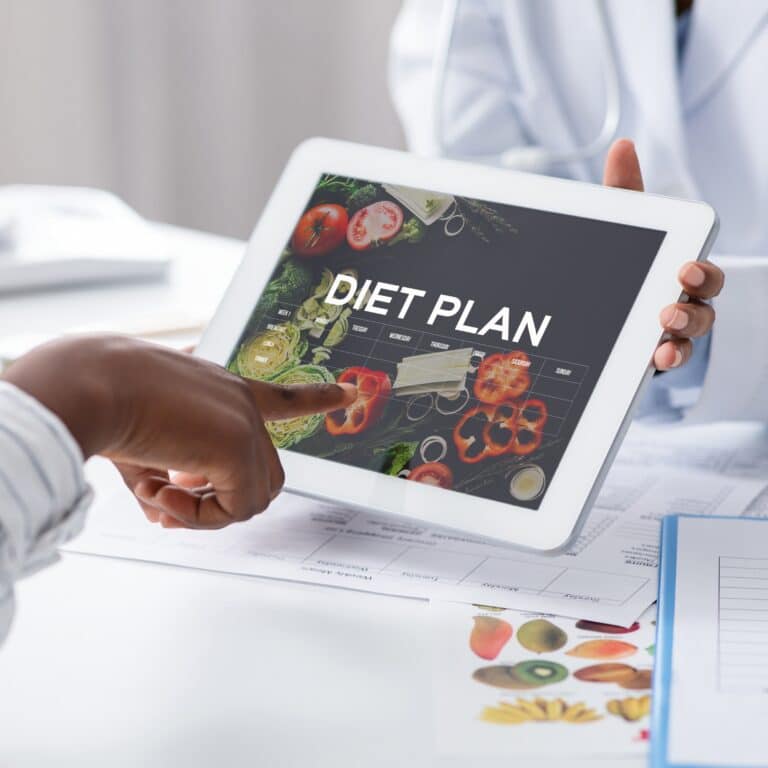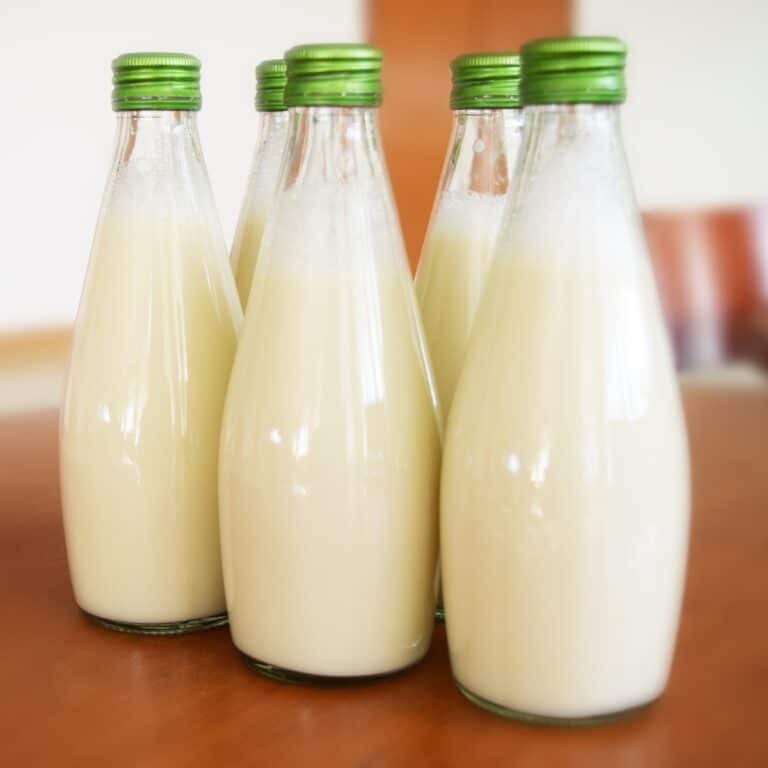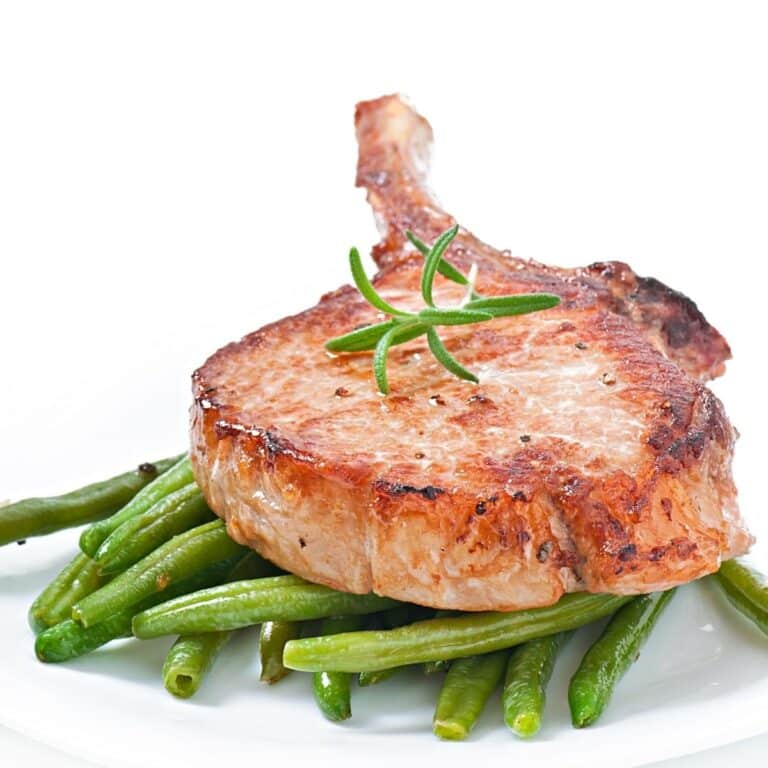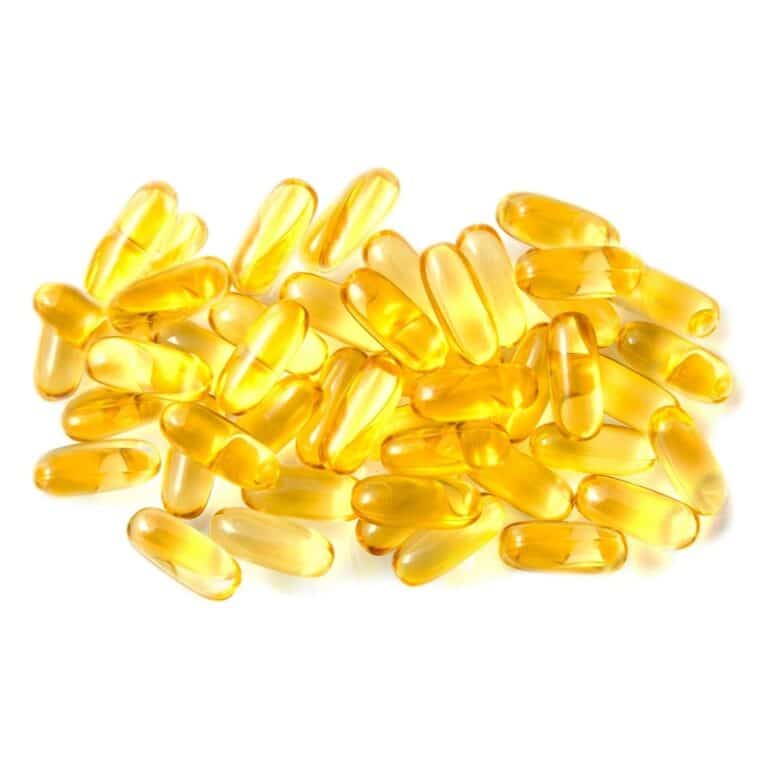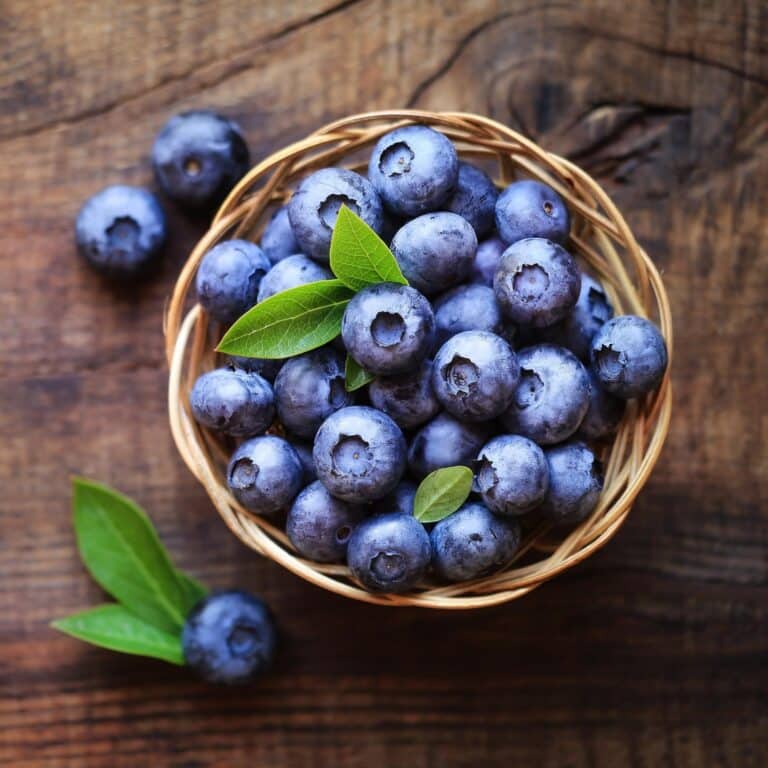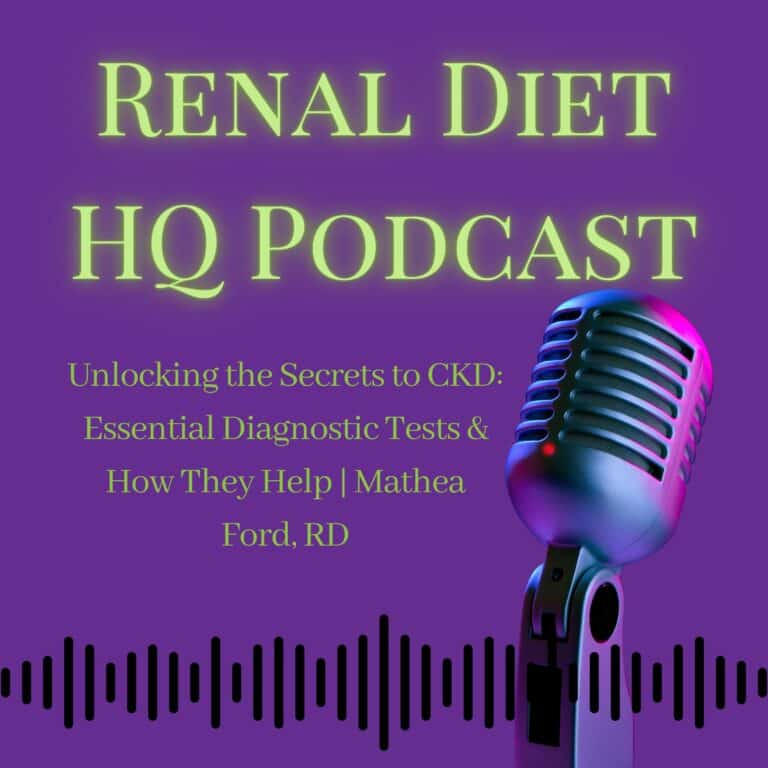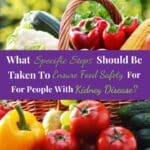Food Safety For People With Kidney Disease
For those living with kidney disease, food safety is an important consideration. Aside from making sure that you are following your prescribed renal diet plan, it is also important to be mindful of proper food handling to avoid foodborne diseases.
In this article, we'll discuss how to ensure that your meals are as safe as possible especially if you have a kidney disorder. We'll provide helpful tips on eating right so that you can protect yourself from getting sick from contaminated food.
Food safety is especially important for people with kidney disease, and my goal is to provide clear, reliable guidance to help you stay healthy. As a Registered Dietitian with over 25 years of experience, I specialize in CKD nutrition and have helped thousands of individuals make safe and informed food choices. All of my advice is based on evidence-based research and national guidelines to ensure the highest level of safety. With my background in nutrition and a lifelong passion for cooking, I create practical, easy-to-follow tips that make food safety simple and effective for those managing kidney disease.
Let's get started – here's what you need to know about food safety when you're dealing with a kidney disorder.
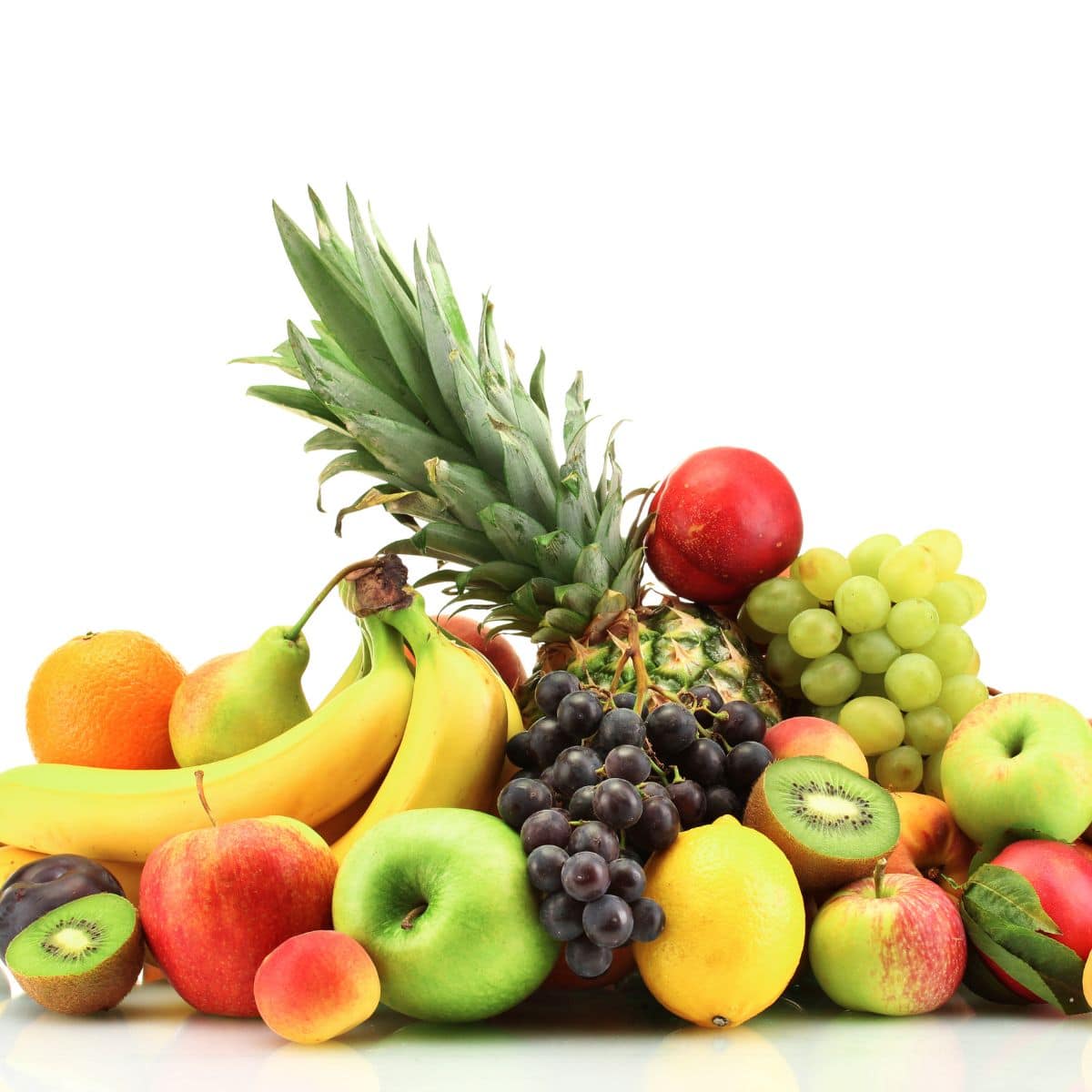
Jump to:
Understanding Risk Factors For Foodborne Illness
Contamination sources can be a major risk factor for foodborne diseases. Bacteria, viruses, parasites, and toxins can all be sources of contamination, so it's important to be aware of where your food is coming from.
People with kidney failure not only have concurrent systemic conditions like high blood pressure, risk of heart disease, uncontrolled blood sugar (if with diabetes), or high blood levels of certain electrolytes; they are also at risk for infections due to weaker immune systems because of kidney damage.
When it comes to food storage, people with kidney disease should be extra careful to store food in a safe and appropriate manner. Refrigeration and freezing are two of the best ways to prevent food contamination and spoilage.
For food preparation, people with damaged kidneys should always wash their hands thoroughly, use separate utensils for different food items, and cook food to the recommended temperature.
Taking these extra precautions can help reduce the risk of foodborne diseases.
Contamination Sources
It's no secret that eating out can be a risky venture. It only takes one wrong move to end up in the hospital with food poisoning, especially if you have pre-existing kidney disease. To keep yourself safe when it comes to eating out, there are several key points you need to consider: allergies, food labeling, avoiding cross contamination, and food additives.
When dining out, always inform your server of any dietary restrictions or allergies you may have before ordering a meal. This will help avoid potential allergic reactions from consuming ingredients that you are sensitive to. Additionally, ask for allergen information about the dishes on the menu so that you can make an informed decision about what you eat.
Also, take extra precautions when handling raw meats, especially ground meats, by using separate cutting boards/utensils to reduce chances of cross contamination between different foods. Finally, try cooking at home as much as possible since it allows better control over what goes into meals and avoids potential mishandling of foods in some restaurants. You can find lots of foods to grill that will help your blood pressure.
Food Storage
Mastering proper food storage is important, especially when you prepare your meals ahead of time. Safely reheating leftovers is an essential part of protecting you from potential illnesses related to spoiled or mishandled food.
It’s important to be aware of renal diet meat portion control when preparing meals as well, so as not to contaminate multiple servings in a large container. Storing correctly labeled foods with safe handling techniques will help keep food poisoning at bay. You can make some renal diet freezer meals that are healthy and renal diet food list friendly.
When it comes to freezing and refrigerating food, we need to make sure that the guidelines are followed. This means eating leftovers within three days of cooking, choosing proper food packaging, and understanding how different cooking methods can affect food spoilage. I use these Mess dissolvable labels to document everything about the foods I put in the refrigerator.
Leftovers should be properly handled as well: use airtight containers and consume within three days of cooking for best quality results. Canning and jarring ingredients is an option if you want your pantry staples like beans, vegetables, fruits, etc., to last much longer - just make sure all jars are sealed tight after! You can have more control over what fresh or canned vegetables to eat for a renal diet.
In order to ensure optimal safety when it comes to storing and consuming your favorite dishes, following these simple tips should give you peace of mind so that you can enjoy your meals without worrying about coming down with an illness afterwards.
Food Preparation
Now that we've discussed the importance of food storage, let's move on to one more critical factor in understanding risk factors for foodborne diseases - food preparation.
It is essential to prepare foods correctly and safely by cooking them thoroughly at the right temperature. Moreover, whenever handling food, proper hand washing is essential to avoid contamination.
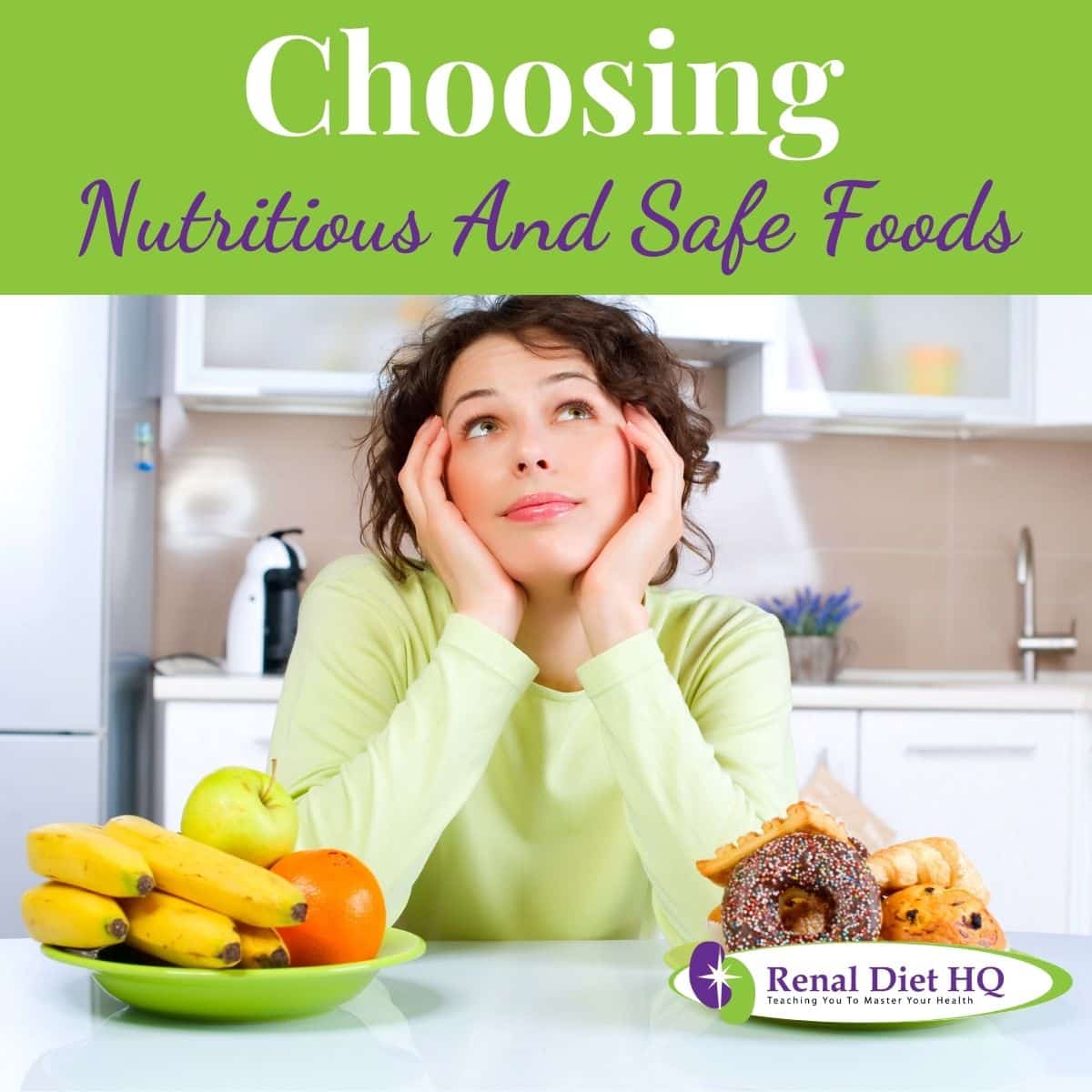
Additionally, it’s important to keep up with proper labeling when preparing meals so that those with allergies can avoid any potential risks that may occur if an allergen contaminates their food.
By taking these simple steps you can ensure your safety while still enjoying your favorite meals!
Cleaning And Sanitizing Kitchen Surfaces
When it comes to cleaning and sanitizing kitchen surfaces, it's important to use the right products. Make sure to read labels to check for any harsh chemicals.
Additionally, sanitizing with a bleach solution is an effective method. When storing food, it's important to keep it away from potential contaminants. Refrigerating leftovers promptly is also a good way to keep food safe. Lastly, always wash your hands before handling food, and avoid cross-contamination.
Cleaning Products
It's essential that those with kidney disease take extra precautions when it comes to cleaning and sanitizing the kitchen surfaces. Buying safe products is key, but so is label reading and understanding what ingredients are in them since they can be costly if not used correctly or could introduce toxins into your food.
Chemical exposure should always be avoided as much as possible, especially for people dealing with a chronic condition. There are many ways to make sure you're purchasing products that don't contain harsh chemicals while still keeping costs low.
One of the best solutions is to shop online where you'll have access to more information about each product than if you were buying in-store. Additionally, checking out third-party certifications from organizations like Green Seal. will ensure the products meet specific standards regarding environmental impact and safety.
Ultimately, doing your research beforehand will go a long way when it comes to choosing cleaning products that can help sanitize your kitchen surfaces without posing harm on your health.
Sanitization Methods
When it comes to cleaning and sanitizing kitchen surfaces, there are many methods available. Preparing leftovers safely, handling seafood carefully, and cooking meats thoroughly can help reduce the spread of bacteria.
For kitchen tools and equipment, sanitizing is important to make sure all bacteria and other microorganisms are killed. You can use cleaning solutions to soak your kitchen utensils from time to time, just make sure to use a food safe cleanser and rinse them well. You can also use chemical solutions to sanitize countertops and tables.
From buying certified-safe products to understanding how best to prepare food items - following these guidelines will make sure that you're doing all you can do to keep your kitchen clean and free from potential contaminants, especially microbes.
Food Storage
Scheduling and planning meals and controlling portions can help reduce waste while handling leftovers properly will keep them safe for consumption.
Make sure to put leftovers in the refrigerator or freezer within two hours after cooking or purchasing them. If current weather conditions are hot, it is important to do this within an hour.
With mindful storage practices in place, you'll be able to enjoy delicious meals safely within the comfort of your own home.
Cleaning Produce And Utensils
Fresh produce is an important component of a renal diet, so washing fresh fruit items and vegetables as well as the utensils used to handle them is important, too. It's especially crucial for people with kidney disease, as they may be more vulnerable to infections caused by contamination due to their weakened immune function.
Washing Fruits And Vegetables
Eating fresh is one way to get the most out of your produce. But it's important to remember that washing them properly can help protect those with kidney disease from food-borne illnesses. To clean raw produce, we should always use running water and gently rub the surface of the item.
This simple step during food preparation can be potentially lifesaving, especially for renal patients.
Additionally, it's good to be aware of any potential risks of contamination when it comes to buying fruits and vegetables, such as buying pre-washed produce or avoiding produce with cracks or bruises. Lastly, washing your hands before and after handling produce is highly recommended.
Sanitizing Utensils
Sanitizing utensils before and after use is also necessary to prevent cross-contamination. When using chemical cleaners, make sure to rinse your kitchen tools well. Most of the time, warm soapy water with antibacterial dishwashing solution can do the trick.
To further prevent cross contamination, make sure to use separate utensils and dishes when handling cooked and raw food, raw meat, and other food items.
Refrigerating And Freezing Foods
Refrigerating and freezing foods is an important part of food safety for people with kidney disease. It's important to store food at the safe temperatures in order to preserve its quality and nutrients.
Storing Temperatures
It's important to store food safely in order to maintain a healthy diet and prevent disease, especially for those with kidney disease. That being said, refrigerating and freezing foods at the right temperatures is essential. It not only helps keep food fresh longer but also prevents harmful bacteria from growing that can lead to serious health complications down the line.
Make sure any perishable items are kept in the fridge at a temperature less than 40 degrees Fahrenheit to prevent the growth of bacteria. Also, use airtight and covered containers when refrigerating foods to help keep them fresh.
Freezing Guidelines
Freezing only does this help preserve our meals for longer periods of time, but it also keeps us safe from any potential illnesses from bacteria or other microbes. When freezing foods, make sure it's put in the freezer at 0°F or lower as soon as possible.
It's important to note that if you're going to freeze your food, remember to label all food packages with a date so you know when they were put in there! Additionally, check on them regularly since some frozen foods have a shorter shelf life than others.
Finally, keep an eye out for any signs of freezer burn - discoloration or ice crystals forming on the surface - as these could indicate that something isn't quite right with the item in question.
Defrosting Techniques
Once you have the food safely stored away in your refrigerator or freezer, it's time to think about defrosting techniques. When defrosting foods, avoid using hot water or a microwave at high heat as it can make the food unsafe to eat.
Instead, defrost food in the refrigerator, in cold water, or in the microwave with the defrost setting. Lastly, make sure to cook food immediately after it's been defrosted to ensure proper food safety.
For More Recipes and Ideas --->> Get Your Free Meals and Recipes That Are Perfect for Pre-Dialysis Diets, Pre-Dialysis with Diabetes, or Dialysis Diets.
Food Preparation And Storage
When it comes to purchasing food, it's important to look for labels that indicate the product is suitable for a renal diet. When it comes to expiration dates, it's important to check those carefully to make sure that the food is still safe to eat. Food preparation methods should also be given attention as a lot of harmful contamination can occur at this step.
Food Purchasing
When it comes to food purchasing, kidney disease patients need to make sure they are making the right choices. Buying locally is a great way to ensure freshness and high quality of your produce. Label reading can help you avoid foods with too much sodium or phosphorus which could be harmful for people with kidney disease.
Using a renal diet grocery list to shop is key! Budgeting tips such as buying in bulk and taking advantage of sales at stores can also aid in saving money while still getting what you need.
Food Expiration Dates
Making sure food is safe to eat and avoiding any potential harm from improper cooking or storage techniques are important for individuals living with kidney disease. One of the key elements in ensuring safety is understanding expiration dates.
It’s essential to know when your food will expire, so you can plan meals accordingly. At many steps of the food preparation process, checking the expiration dates is important, especially for ready-to-eat foods. This can be done during shopping, prior to storing, and before opening any food packaging for consumption.
Beyond the expiration date, the food may have deteriorated in terms of safety and quality, hence, it is not advisable to consume them.
Food Preparation Tips
When cooking, make sure to follow all instructions carefully and pay attention to the recommended cooking temperatures. Check other instructions like baking times and other parts of the recipe that indicate how long certain ingredients need to stay fresh before being served.
Food labeling can also be helpful when meal planning - look out for important information such as ingredients or chemicals used in production. Also, always use clean utensils and surfaces while handling food so there is no transfer of bacteria onto dishes.
Cooking safely is important when dealing with food preparation and storage for those with kidney disease. Boiling, baking, roasting, grilling, microwaving and steaming are all recommended cooking methods for safe consumption that don't involve frying or adding excess table salt or fat.
Reheating Foods Safely
Reheating temperatures are important to keep in mind when it comes to food safety, especially for people with kidney disease. It's important to reheat leftovers properly to avoid any contamination or foodborne illnesses.
Reheating Temperatures
The key when reheating is to get your meal hot enough that bacteria doesn’t survive. The ideal internal temperature for this is 74°C (165°F). To reach this temperature, use a food thermometer when possible and make sure all parts of the food are warmed through. If you don’t have a thermometer handy, simply heat things up until they’re steaming hot - but do check with a fork or spoon just in case!
It's also worth noting that some cooked dishes can contain harmful bacteria even after being heated. So always give them an extra few minutes on the stovetop or in the oven before sitting down to enjoy your meal. All these steps will help ensure your meals are safe from microbial contamination every time!
Reheating Leftovers
Reheating leftovers is a great way to save time and money, but it's also important for food safety. When you are reheating cooked dishes, be sure to pay attention to the portion sizes, cooking methods and expiration dates listed on the food labels. Properly handling your foods can help prevent contamination from bacteria that could make you ill. Stir during the reheating process to ensure the food is cooked throughout.
Reheating Methods
Reheating leftovers can be a great way to save time and money, while still providing delicious meals. However, it's important to make sure that you're choosing the right reheating methods in order to ensure food safety.
To start, you'll want to pay attention to how the dish was packaged when you were storing the leftovers. Different types of packaging require different thawing and reheating times for safe eating.
Reheating foods in the microwave is a popular and easy method, but it's also important to make sure the food is heated evenly. To address this, make sure to stir the food throughout the reheating process.
Another option to consider when reheating food is to use the oven or stovetop to ensure the food is cooked throughout.
Additionally, microwave safety should be taken into account if reheating foods at home; make sure it's not too hot before consumption! Taking all these factors into consideration helps ensure that people with kidney issues enjoy their meals without worrying about potentially harmful consequences such as food poisoning.
Finally, if possible serve your reheated dishes immediately as leaving them out at room temperatures increases their risk of contamination from other sources.
Food Safety Common Questions
Managing food safety for people with kidney problems is an important responsibility. Food safety practices include storing and handling food safely, planning meals wisely, cooking at the right temperatures, and storing leftover food properly. These same guidelines apply for healthy people, but extra care is take for those with kidney disease as they may be more vulnerable to foodborne illnesses due to weaker immune systems.
Cooking for someone with kidney disease is a unique challenge. It requires special attention to detail when it comes to making a food plan, cooking methods, food storage, water quality and label reading. Utensils like slow cookers and pressure cookers can be incredibly helpful when preparing meals that will meet the dietary needs of those with kidney disease. If done properly, these techniques ensure delicious and nutritious meals while following complicated dietary restrictions.
When it comes to preventing foodborne illness, people at any stage of kidney disease should take extra care. Meal planning and label reading are essential for ensuring that the right nutrients are consumed, while cooking temperatures and proper storage can help reduce potential contaminants. Frequent hand washing using soap and water can also help minimize the risk of food poisoning.
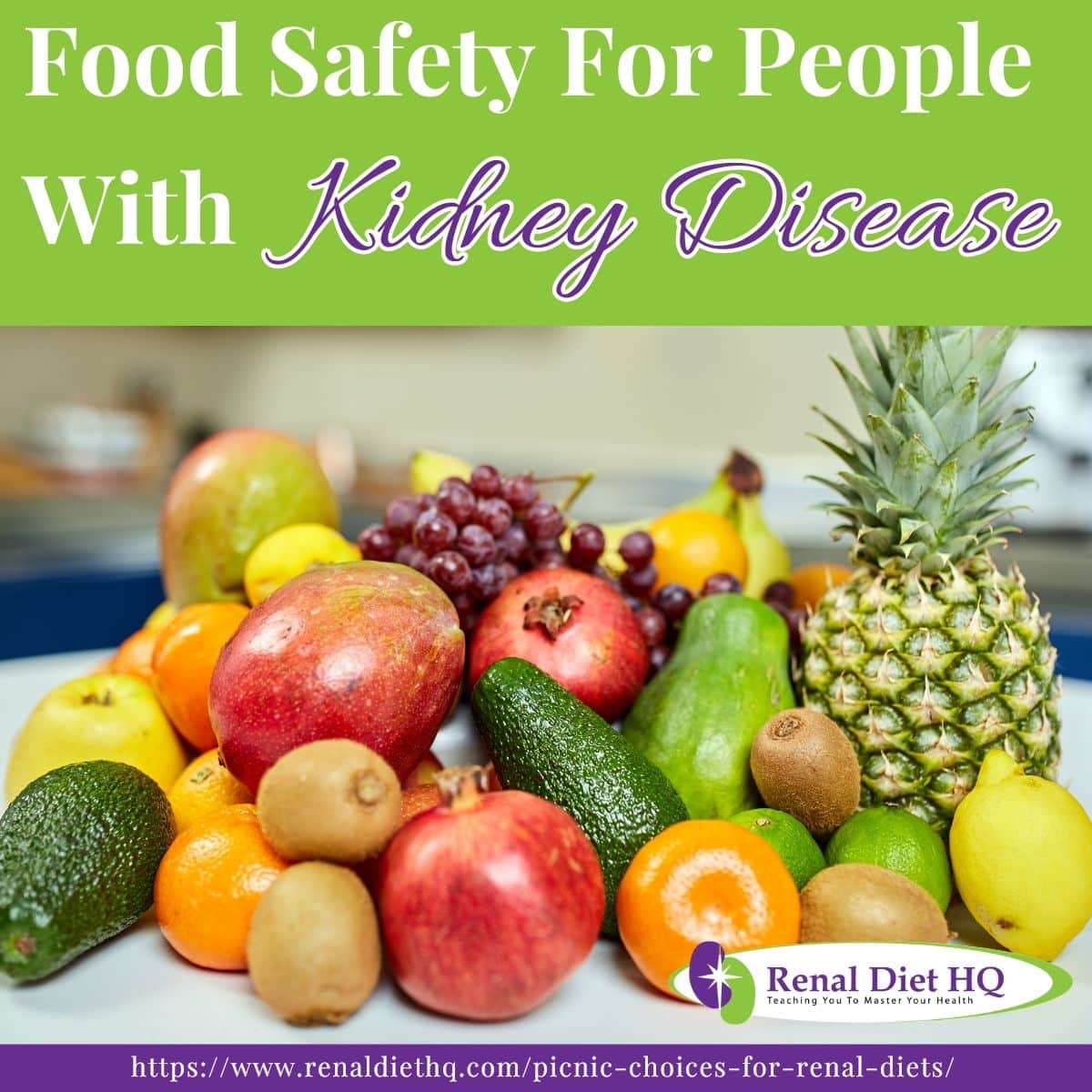
Take Food Safety Seriously If You Have CKD
People with chronic kidney disease can protect themselves from illness from food by being mindful of their special diet, taking safety precautions in the kitchen, and having a healthy lifestyle.
Eating foods that are beneficial to them while avoiding those that are not is key. Simple habits can make a difference: cleaning hands and surfaces regularly, cooking meals thoroughly, and keeping raw meat away from other ingredients will help keep people with CKD away from foodborne illnesses.





